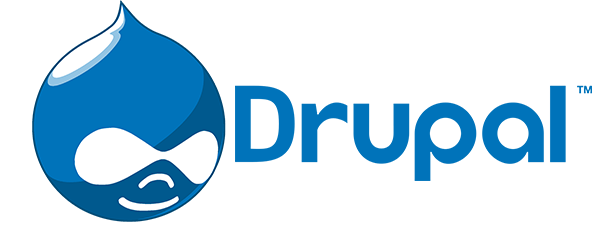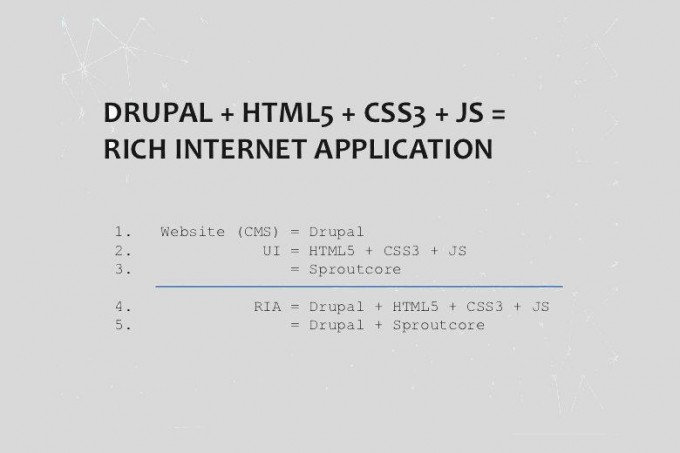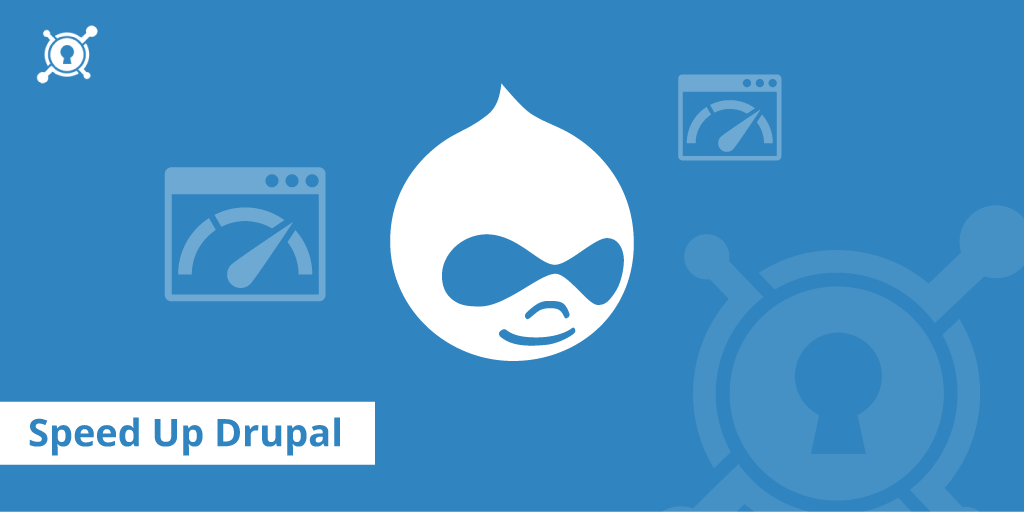
Drupal is one of the most popular content management systems (CMS) today, with around a million sites using it worldwide. These include Georgia.gov, the University of Oxford, and the National Baseball Hall of Fame and Museum websites.
Why then should a webmaster or web developer follow the trend and use Drupal for a website’s CMS, instead of building one from scratch or using another one? Here are 10 reasons:
Build a site for whatever purpose, easily

Drupal How-To: Find great beginner tutorials on Drupal 7
Whether it’s a simple brochure-type website with only a few pages, a mid-sized blog with a few thousand subscribers, or a massive one with multiple sections and millions of hits, Drupal is a good choice. Its “core build,” or default version, already has a number of features pre-installed. These include Views, which easily pulls up a list of related content to place anywhere on the site.
Modular build
Of course, the basic features may not be enough for some sites. That’s where the beauty of Drupal’s modules come in.
Like building blocks, website owners can simply install the modules that they need, instead of having to start one from scratch. There are modules for a wide range of functions, such as Pathauto, which automatically creates user-friendly URLs.
Specific distributions for specific needs

USING DRUPAL, HTML5, AND JAVASCRIPT TO CREATE HYBRID INTERNET APPS
If sorting through all the modules takes too much time and effort, then choosing a specific distribution is the way to go. A distribution is a custom Drupal install package that already contains all the necessary modules one may need for a specific site. Examples include Commerce Kickstart, which as its name implies, has all the modules necessary for e-commerce; and OpenPublish, which is designed for news outlets.
Effortless content creation
Admittedly, the back-end of Drupal looks intimidating. This is especially for the average user who only wants to post an article or two. But appearances can be deceiving, as it offers a robust WYSIWG editor with all the functions one would need. By installing this module (soon to be included as a core feature in Drupal 8), users can customize their content without having to deal with code.
And it doesn’t end at text-based content. Drupal can also accommodate other forms of media, such as video, or interactive ones such as polls.
Smart content publishing with structured data

11 superb examples of Drupal websites
Of course, in this day and age, simply pushing out an article or blog post on a website won’t work. Structured data is now an important consideration when creating content. This allows information to be viewed on different devices or platforms without losing meaning and context.
Thankfully, Drupal offers authors the tools to streamline the creation of structured data such as lists and archives. With this CMS, it can be as easy as completing a form. This feature also helps massive websites with thousands of pages become more SEO-friendly, as structured data can help boost the visibility of a website in Google.
Multilingual page handling
Is your business expanding to another country? Or do you need to target different audiences with localized content? No need to create an entirely new website from the ground up. Unlike other CMS’s, Drupal has a function wherein the webmaster or content team can assign a page to a specific language pair or group.
Security

10 Tips to Speed Up Drupal Performance
One aspect where Drupal shines the most is in security. It is known for informing its users about the status of their install through its security reports. The Drupal security team also makes sure that security vulnerabilities are readily addressed, by collaborating with the community to come up with fixes as these issues arise. These make Drupal a good fit for websites of organizations handling a lot of financial or personal information, such as banks and government offices.
Customizable dynamic website designs
Like WordPress, Drupal has a wide range of themes and templates available. These options are more than enough to satisfy the requirements of the average user. But even for those looking for more customization, Drupal themes are a great choice—it is easy to add or remove visual elements. Many templates also boast of a responsive design, which is essential for websites to succeed in light of Google’s recent algorithm updates.
Developed Administrative Controls
With more visitors to a website, the need for more admin controls will arise. These include dealing with spammers, managing user-generated content, and even more technical aspects such as creating redirects for dead links. Fortunately, all of these features can be found on Drupal. For example, one can easily approve or disapprove spam comments on just one screen. They can also create and assign custom user roles to manage access to different parts of the site.
Flexibility

7 Drupal SEO Tips To Rank Better On Google
Many websites start out small, with only a few hundred visitors every day or even week. But once that website grows—for example, the website owner wants to add new features—it may mean abandoning an old platform for a new one. And migrating to a new CMS is no easy task.
Website owners won’t have this problem with Drupal. As mentioned earlier, adding new features can be as simple as installing a new module on the site. And each install can be easily scaled for enterprise-level use.
With these 10 reasons, Drupal is definitely a top CMS choice for a variety of websites. To learn how to get started with Drupal—such as learning to install modules—there are plenty of step-by-step guides online that you can consult.



